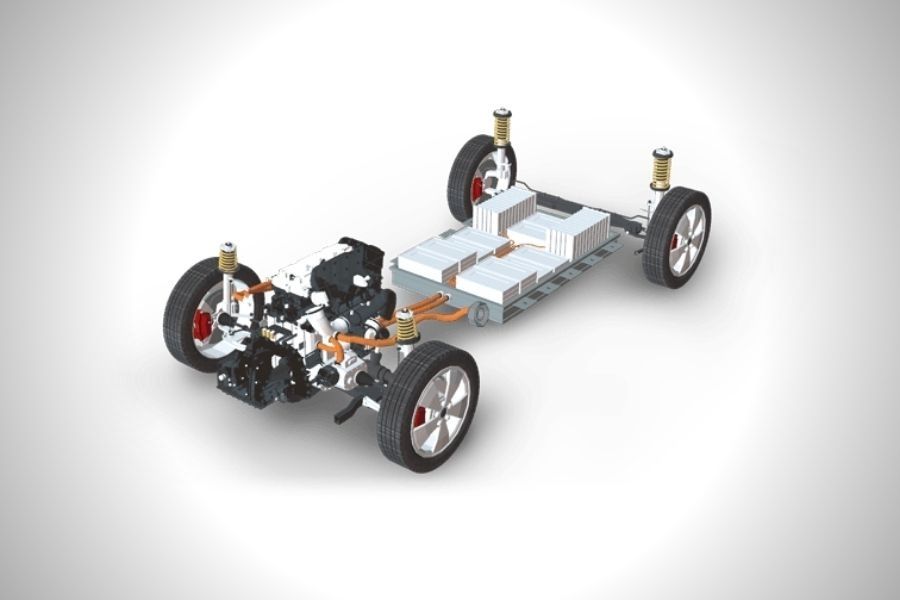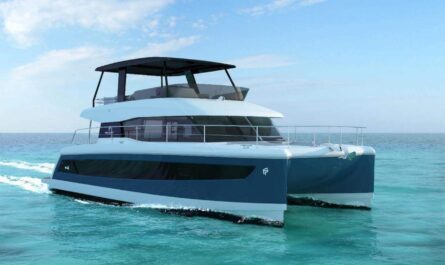What Are Mild Hybrid Vehicles?
Mild hybrid vehicles (MHEVs) represent an intermediate step between conventional internal combustion engine (ICE) vehicles and full hybrid electric vehicles (HEVs). As the name suggests, MHEVs have some hybrid components but are not able to drive solely on electric power like a full HEV. At their core, MHEVs still rely primarily on an ICE for propulsion but integrate a small electric motor-generator and battery pack to provide fuel efficiency benefits.
How Do They Work?
The main components of an MHEV include:
– Internal Combustion Engine: Mild Hybrid Vehicles use a standard gasoline or diesel engine for primary propulsion just like a conventional vehicle. Engine sizes range from small displacement 3-cylinder units up to larger 6-cylinder models.
– Electric Motor: Integrated into the transmission, a small electric motor-generator (typically 10-20 kW) works with the ICE to enhance performance or recapture energy during braking.
– Battery Pack: A small lithium-ion battery (1-2 kWh) provides power to the electric motor and stores energy recovered through regenerative braking.
The electric motor is used to supplement the ICE under acceleration for improved refinement and fuel economy. It can also turn the engine off at idle and restart it quickly. During braking or coasting, the motor acts as a generator to charge the battery pack. This recovers kinetic energy that would otherwise be lost as heat.
Fuel Efficiency Benefits of Mild Hybridization
Compared to a conventional non-hybrid vehicle, MHEVs provide fuel savings through waste heat recovery, start-stop functionality, and regenerative braking. The exact efficiency gains depends on driving patterns and vehicle usage but typically range from 10-20% better fuel economy. Some key ways MHEVs boost efficiency include:
– Engine Stop-Start: Automatic engine shut-off at idle stops unnecessary fuel consumption when stationary. Fast restart helps maintain driver comfort.
– Waste Heat Recovery: The electric motor recaptures energy lost normally through the exhaust and cooling systems to charge the battery.
– Regenerative Braking: Kinetic energy from braking/coasting that is usually lost as heat is instead stored in the battery for later use.
– Electric Boosting: The electric motor provides supplementary torque assist during acceleration to allow the ICE to operate most efficiently.
Manufacturers are now able to integrate mild hybrid systems seamlessly with little impact on vehicle weight, cost or interior space. This makes them a practical stepping stone to full electrification for many drivers and applications.
Application in Various Vehicle Types
Given their flexible drivetrain configuration, MHEVs can be applied across a wide range of vehicle categories from compacts to SUVs. Here are some examples:
– Compact Cars: Hyundai Sonata, Kia Optima, Toyota Corolla – Adding mild hybrid systems to mainstream sedans and hatches improves urban fuel efficiency significantly.
– Luxury Cars: BMW 3 Series, Mercedes C-Class – Premium brands are upgrading core models with 48-volt mild hybrid assistance for optimized performance and emissions compliance.
– Trucks & SUVs: Ford F-150, Jeep Wrangler, Toyota RAV4 – Even body-on-frame trucks and rugged SUVs benefit from electrification to offset weight and boost low-speed capability.
– Commercial Vehicles: Transit vans, box trucks – Fleet managers are turning to MHEVs for their improved idle-stop capability, lower operating costs on repeatable routes.
As fuel economy and emissions standards rise globally, MHEVs provide automakers an effective tool for upgrading existing vehicle architectures and powertrains. They represent a prudent and pragmatic way to transition towards electrified mobility.
Advantages over Conventional and Full Hybrids
Compared to regular non-electrified vehicles, mild hybrids introduce the definite improvements of an electrified driveline with minimal added costs or design changes. Their strengths over other technologies include:
– Lower Cost: MHEVs reuse existing ICE components and require a much smaller battery than a full HEV, keeping expenses down 30-50%.
– Easier Adoption: Engine and transmission are conventional, so adoption risks are lower. Drivers experience few changes from gas-only counterparts.
– Bridge to Full EV: Serves as an intermediate step that lets automakers gain electrified experience before expensive full EV programs.
However, they still have limitations versus full HEVs including a lack of pure electric propulsion capability. But for most daily driving scenarios, a well-integrated mild hybrid system offers a strong balance of efficiency gains, affordability and feasibility.
Future Advancements
As 48-volt mild hybrid technology matures, we can expect to see continued enhancements that push the boundaries of what a mild hybrid vehicle can achieve:
– More Advanced Controls: Sophisticated control strategies maximize hybrid operation for optimal efficiency based on driving conditions.
– Larger Battery Capacity: 3-5 kWh battery packs allow stored energy to be used more aggressively e.g. for all-electric low-speed manoeuvring.
– E-Boosting: Electric-only driving at low speeds when battery is sufficiently charged improves urban emissions-free range.
– Plug-In Capability: Adding plug-in charging turns some MHEVs into short PHEVs with modest EV-only capability from the larger battery.
– Fuel Cell Mild Hybrids: Pairing fuel cells with batteries and electric motors brings benefits of hybridization to long-range hydrogen vehicles.
As the core technology behind MHEVs advances in steps, the divide between mild and full hybrid systems will continue to blur. In the coming years, mild hybridization will become a smarter and more optimized solution for clean and efficient transportation.
*Note:
1. Source: Coherent Market Insights, Public sources, Desk research
2. We have leveraged AI tools to mine information and compile it




